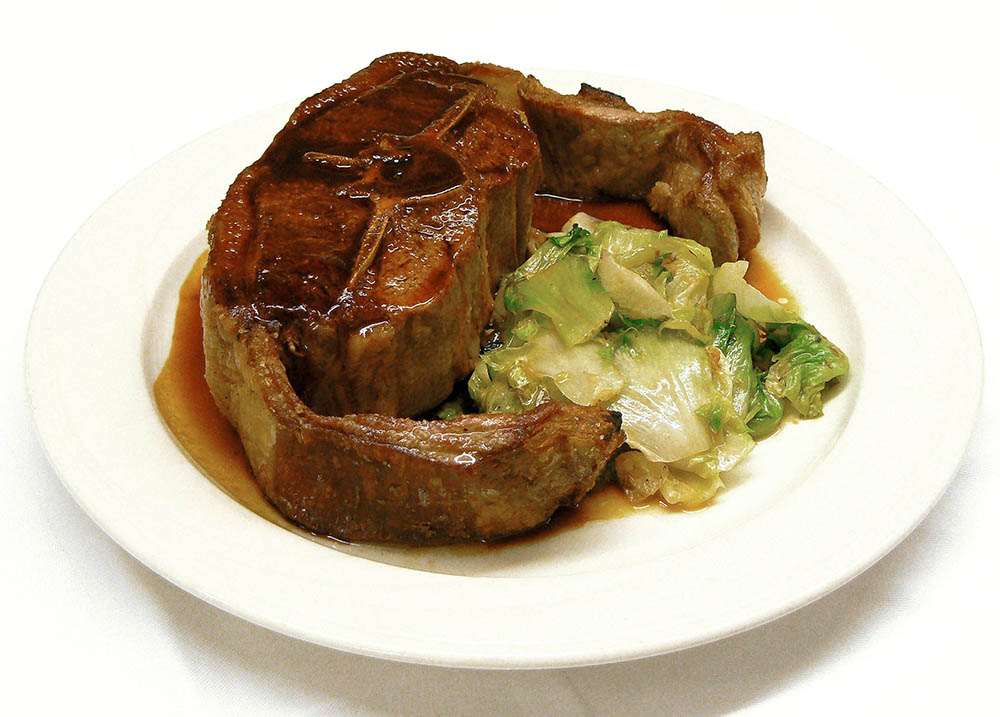

Keens Steakhouse owns the largest collection of churchwarden pipes in the world. The tradition of checking one's pipe at the inn had its origins in 17th century Merrie Old England where travelers kept their clay at their favorite inn - the thin stemmed pipe being too fragile to be carried in purse or saddlebag. Pipe smoking was known since Elizabethan times to be beneficial for dissipating "evil homourse of the brain." Keens's pipe tradition began in the early 20th century.
The hard clay churchwarden pipes were brought from the Netherlands and as many as 50,000 were ordered every three years. A pipe warden registered and stored the pipes, while pipe boys returned the pipes from storage to the patrons.
The membership roster of the Pipe Club contained over ninety thousand names, including those of Teddy Roosevelt, Babe Ruth, Will Rogers, Billy Rose, Grace Moore, Albert Einstein, George M. Cohan, J.P. Morgan, Stanford White, John Barrymore, David Belasco, Adlai Stevenson, General Douglas MacArthur and "Buffalo Bill" Cody.
Prior to 1885, Keens was a part of the Lambs Club, a famous theatre and literary group founded in London. Its manager was Albert Keen.
In 1885 Keens Chophouse opened independently under the ownership of Albert Keen, by then a noted figure in the Herald Square Theatre District. Keens soon became the lively and accepted rendezvous of the famous. Actors in full stage make-up hurried through the rear door to "fortify" themselves between acts at the neighboring Garrick Theatre. By the time Keens celebrated its 20th anniversary, you could glance into the Pipe Room and see the jovial congregations of producers, playwrights, publishers and newspaper men who frequented Keens.
In 1905 Lillie Langtry, actress and paramour of King Edward of England, took Keens to court for having denied her access to its gentlemen-only premises. She won her case, swept into Keens in her feathered boa and proceeded to order one of our famous mutton chops.
Today, Keens is the only survivor of the Herald Square Theatre District. In an age which tears down so much of the past it is comforting to find one landmark which survives . . .






